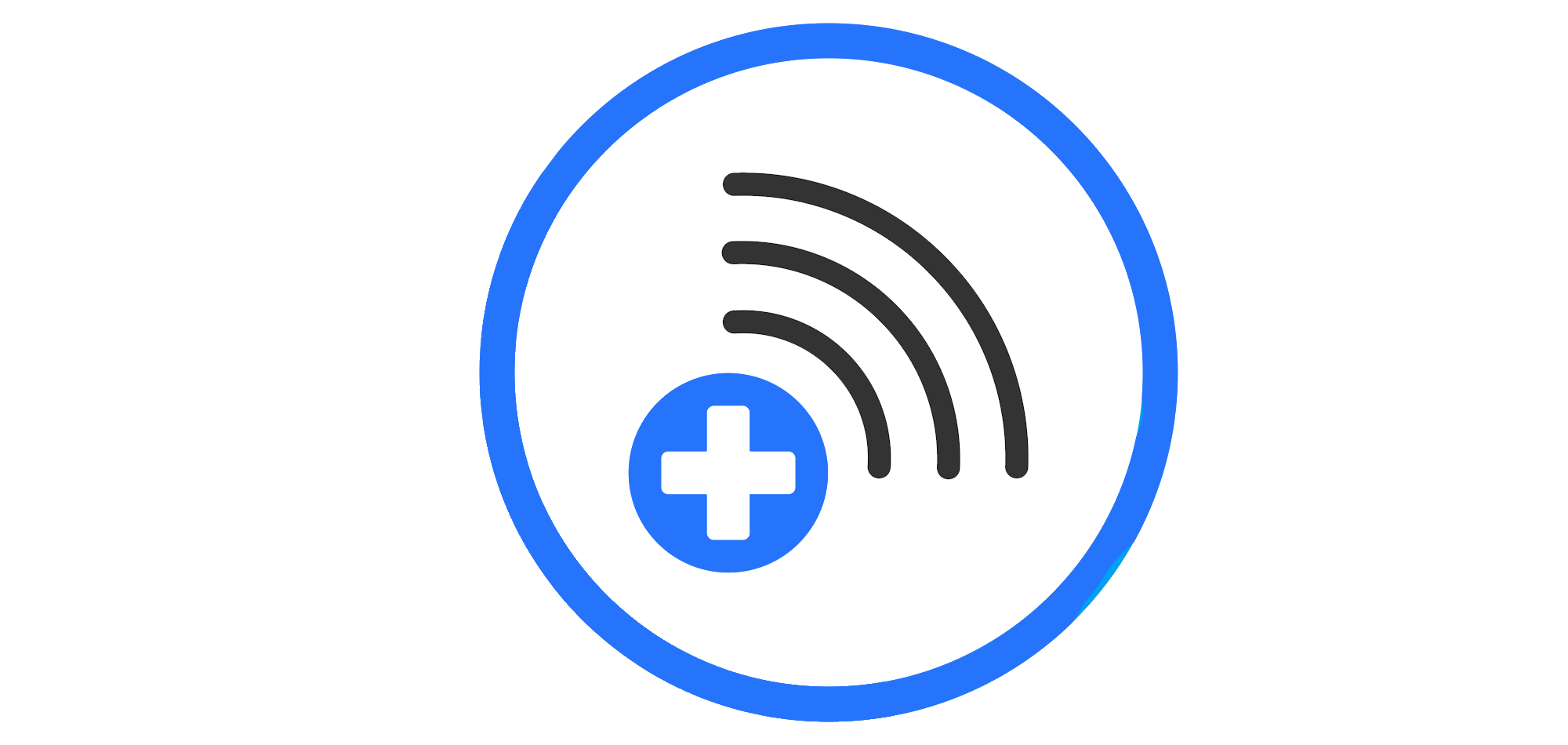Hospital wireless networks today have grown increasingly complex, requiring the right WLAN design to maximize wifi performance, ensure that your hospital stays compliant--keeping everyone’s information is safe.
According to a recent survey by Extreme Networks, “77% of survey respondents are using Wi-Fi for guest access, 66% for clinical communications and another 55% for medical records.”
With more and more healthcare providers replacing outdated manual processes and legacy systems such as paper medical records, it’s clear that Wi-Fi is becoming even more mission-critical than ever before.
However, there are a few challenges to say the least when it comes to actually building the right wireless system.
While every hospital environment is unique, there are four main factors that you need to address to guarantee you’re going to get the most out of your wireless LAN.
The Physical Environment
Hospitals are like small cities, with expansive campuses, and hundreds upon hundreds of rooms, hallways and common areas.
The physical environment is one of the first areas that will impact your overall wifi performance. There are many factors that need to be addressed including:
- Your hospital’s campus size
- Building dimensions and materials (concrete, brick, steel etc.)
- Building layout
Starting with a predictive RF design, network engineers can “predict” your hospitals WLAN design needs by analyzing the various data points above using specialized software. Additionally, to improve accuracy they can include data such as:
- Device numbers and types
- Number of users
- Types of applications
- Known high-density or high-traffic areas
The quality of a predictive RF design comes down to how much information the engineers have, the quality of the software being used and most importantly the experience/skill of the engineers.
Failing to account for any one of these things can have a huge impact on cost as well. Here’s a recent blog on both the cost of a wireless network designand whether or not you should spend the money.
Devices
The amount of medical devices, and BYOD devices accessing your Wi-Fi network is increasing every day. From smartphones and tablets to HVAC systems, EHR/ EMR systems, and mobile workstations the hospital environment is almost completely connected.
Doctors and nurses alike are also finding the use of BYOD devices more essential to their workday than ever before. Using their cellphones, or tablets has become commonplace, allowing them to navigate shifting priorities- such as scheduling surgeries, entering in vitals, and accessing patient information.
However, BYOD can be a tricky strategy to support properly.
[Watch the Video]:The Wi-Fi Minute: The 3 Components that Every BYOD Solution Should Include
BYOD can be separated into 4 main categories:
- Bandwidth - Having enough throughput is essential to proper performance as well as having the right number of access points (APs) and making sure those APs are placed correctly and kept up-to-date. When it comes to BYOD and bandwidth it’s important to understand other than purchasing more bandwidth you can also implement specific bandwidth shaping strategies to avoid bottlenecks and stop recreational apps/devices from competing with your mission-critical apps.
- Security - Using role based access control allows you to designate or “assign” roles to both your end-users and devices. It’s a vital security component that manages access to your network, providing your end-users with exactly what they need, nothing more and nothing less.
- Michael McNamee (SecurEdge Networks Senior Network Engineer) implores you to also use an integrated, next-gen firewall, that allows access to networks based on role, and keeps hospitals in compliance with HIPAA.
- Performing a security assessment will open up the “hood” of your network’s security infrastructure and systems to take a deep look to find any holes or weak point in your security posture.
- Support - Do you have enough staff and the right tools to support the growing number of devices? Having a strong team with a thorough understanding of all of the devices connecting to your network is a must, not only for security but also for general usage of your WLAN.
- Management -Hospitals are full of sensitive information and patient data. MDM or mobile device management enables you to control devices and the applications used. MDM can even allow you to wipe data if a device is stolen, preventing leakage of confidential information.
- Not only will your applications and programs need management - you’re WLAN design as a whole will too. Utilizing the right Wi-Fi management solution your team can visualize real-time analytics into a variety of critical data points making troubleshooting more efficient as well as allowing you to make performance adjustments as needed.
Applications
There’s a wide variety of applications being used while accessing your network, some mission-critical, some recreational.
It’s critical for both wifi performance and network security that you monitor and control the who, what, where, when and how these applications are being used and are permitted.
Some staff need access off-campus for patients that require in-home care. While your wireless network won’t be able to directly accompany your staff while off-campus they should still be able to access the application to update conditions in real time and you should have the ability to secure those apps and devices while off-campus.
Back in your hospital’s environment you can use an application performance test to understand from the perspective of the device or application exactly how they are performing on your network. This is a unique view that can dramatically improve performance.
End-User Capability
You want your medical staff, and patients alike to have a great end-user experience.
Defining who your end-users are allows you to create a network that is appropriate for the varying types of requirements you have to support.
Where will your end-users need access? What will they be doing when accessing your network? How will they be accessing your network? These are all questions that need answered to give them the performance they need as well as properly secure that experience.
Closing Thoughts
With strict compliance regulations and the lives of your patients at stake, delivering a high-performing, reliable and safe Wi-Fi experience in the hospital environment takes a lot of skill and experience.
As you can see there are a lot of things to consider and properly plan for to get your wireless system right the first time around.
We always say designing wireless networks, especially in healthcare is as much an art as it is a science.
At SecurEdge, we deliver affordable, reliable, and secure wireless systems – it’s all we do. If you have any questions about your current hospital wifi network or would like to discuss an upcoming project, please contact us here.






